With the addition of many new regulations, amendments and supplements, the amended Law on Cultural Heritage will create a legal corridor for activities to protect and promote the value of cultural heritage.
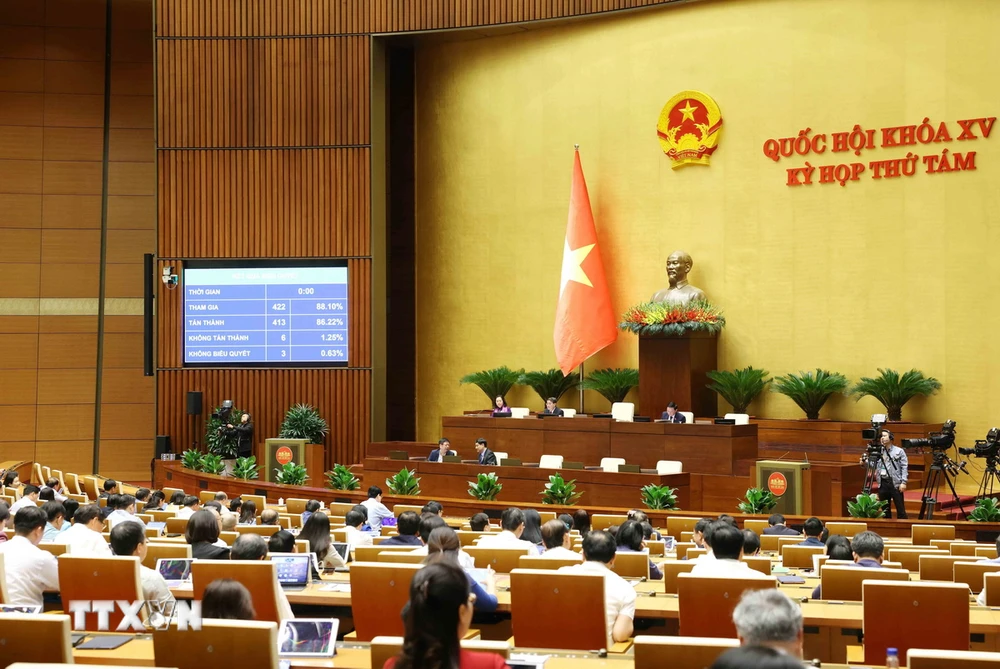
The National Assembly officially passed the Law on Cultural Heritage (amended) on the afternoon of November 23, 2024 - exactly Vietnam Cultural Heritage Day. The law will take effect from July 1, 2025.
With many new regulations, amendments and supplements, the Law will create a legal corridor for activities to protect and promote the value of cultural heritage.
Many new points
The revised Law on Cultural Heritage this time consists of 9 chapters and 95 articles (an increase of 2 chapters and 22 articles compared to the current Law of 7 chapters and 73 articles). The Law has closely followed the major goals, viewpoints and policies approved by the National Assembly, institutionalizing the Party's guidelines and policies on building and developing Vietnamese culture and people, meeting the requirements of sustainable national development; at the same time, resolving institutional bottlenecks, synchronizing with the current legal system, and compatible with international treaties to which the Socialist Republic of Vietnam is a member.
According to the Department of Cultural Heritage, the Law on Cultural Heritage recently passed by the National Assembly has basic new points, specifically: specific regulations on the establishment of cultural heritage according to each type of ownership: the whole people, common ownership, private ownership in accordance with the Civil Code and other relevant legal provisions; regulations on State policies in activities of protecting and promoting the value of cultural heritage, prioritizing the allocation of the State budget for specific activities; training and fostering human resources participating in the management, protection and promotion of the value of cultural heritage.
This Law also completes prohibited acts to ensure more accuracy and completeness, serving as a basis for guiding implementation, inspection, and handling of violations in protecting and promoting the value of cultural heritage; specifically defining cases of adjusting the boundaries of protection zones I, protection zones II of relics, world heritage areas, and buffer zones of world heritage.
The Law also stipulates principles and authority for adjusting the boundaries of protected areas to ensure feasibility in practice; and specifically regulates the repair, renovation, and construction of works and individual houses inside and outside protected areas of relics.
Some other new points are regulations on the management of national relics, antiquities, and treasures; handling of discovered and handed-over relics and antiquities; regulations on purchasing and bringing relics and antiquities of Vietnamese origin back to the country from abroad; supplementing the Cultural Heritage Conservation Fund; regulations on policies on management, protection, and promotion of documentary heritage values; supplementing policies to support the development of the museum system; supplementing regulations on specialized inspection agencies for cultural heritage.
This revised Law on Cultural Heritage also focuses on a number of points to resolve shortcomings, ensure constitutionality and continuity, and only regulate new issues that are clear, verified in practice, and highly stable; and amend overlapping, inappropriate, and incompatible provisions.
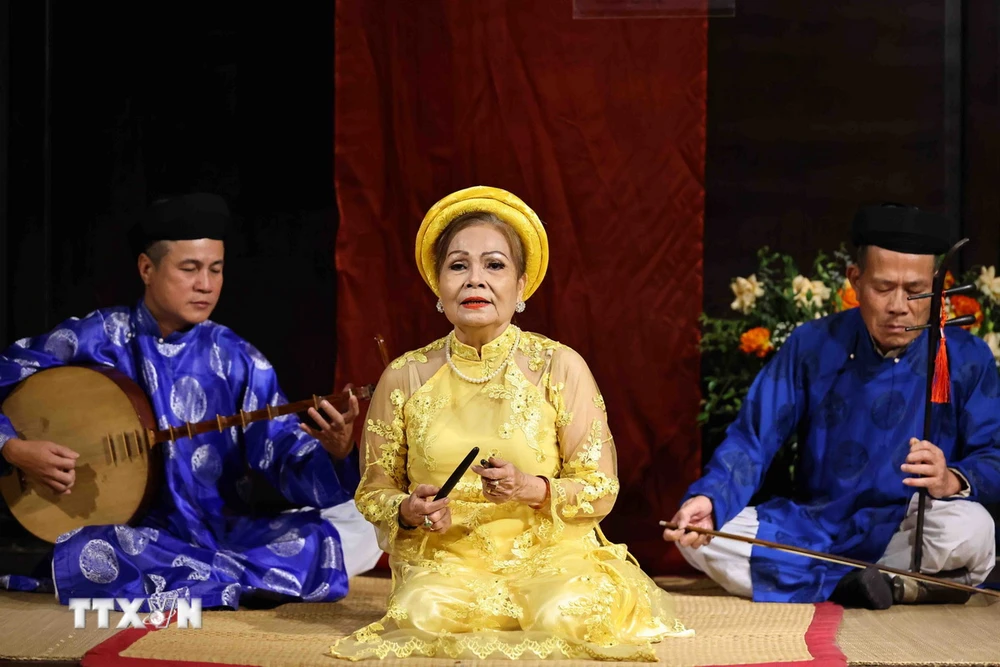
The Law specifically stipulates: rights, obligations and responsibilities of agencies, organizations and individuals in the management, protection and promotion of cultural heritage values; principles in the management, protection and promotion of cultural heritage values; prohibited acts; responsibilities of organizations and representatives assigned to manage and use relics...
Decentralization and delegation of authority in the management, protection and promotion of cultural heritage values; simplification of administrative procedures and investment and business conditions in the management, protection and promotion of cultural heritage values; clear regulations on specialized inspection of cultural heritage to ensure effective implementation of prevention, timely detection, containment and handling of violations in the field of cultural heritage...
In addition, the Law emphasizes the completion of the legal corridor for the use and exploitation of cultural heritage, the construction of a national database on cultural heritage, digital transformation, and socialization in the field of protection and promotion of cultural heritage values...
Balance between conservation and development
Dr. Le Thi Minh Ly, Member of the National Cultural Heritage Council, Vice President of the Vietnam Cultural Heritage Association, said that she was fortunate to participate in drafting and participating in the appraisal team of the Cultural Heritage Law. She was pleased with all the provisions of the law. Each article of the law has been carefully considered by lawmakers and experts, with every word carefully considered.
According to Dr. Le Thi Minh Ly, there are many new points that she really likes in the Law, for example, the conditions for protecting cultural heritage. That is a new chapter that the previous law did not have. This revised Law has set out a whole chapter to clearly state that to protect cultural heritage, there must be a number of conditions, in which the Law provides new provisions to show that we really need a network to protect heritage and need the cooperation of businesses and social organizations.
However, to ensure that heritage is protected and not eroded, commercialized, or distorted, the provisions of the Law have taken into account the necessary and sufficient conditions to control the expansion and development of investment forms, cooperation with businesses, etc. The second is the provisions on digitization and digitalization of cultural heritage.
Dr. Le Thi Minh Ly believes that in the present era, technology is an extension, a means of support for everyone, all industries and professions, including the cultural heritage industry. Such provisions also bring many interesting things or useful things for heritage protection.
Dr. Le Thi Minh Ly shared that as an expert on intangible cultural heritage for more than 20 years, she is very pleased with the provisions in the chapter on intangibles.

“We have carefully discussed how to integrate international legal instruments such as the 2013 UNESCO Convention with our laws in the most effective and smooth way so that we have both legal instruments and harmonious practical conditions, not too theoretical or too ambitious,” said Ms. Le Thi Minh Ly.
Another new point that Dr. Le Thi Minh Ly is pleased with is that this revised law has paid more attention and focus to the subjects and users - those who live with the heritage, those who are the objects of heritage protection.
According to Dr. Le Thi Minh Ly, for intangible heritages, the previous Law integrated legal instruments and international documents on heritage, but also clearly showed that intangible cultural heritage is human, different from tangible heritage. Because tangible heritage can exist without humans, but intangible heritage must have humans to exist, so humans are the subject and humans are the guardians of heritage.
"This Law on Cultural Heritage has amended the provisions to balance conservation and development, which is very meaningful," Dr. Le Thi Minh Ly emphasized.
According to the representative of the Department of Cultural Heritage, the Law on Cultural Heritage passed by the National Assembly will create a legal basis for the development of documents and detailed regulations for the implementation of the Law and legal documents related to the field of management, protection and promotion of cultural heritage values in a complete and synchronous manner, meeting the urgent requirements arising from the actual cause of protecting and promoting the value of the country's cultural heritage./.
Source: https://www.vietnamplus.vn/thong-qua-luat-di-san-van-hoa-sua-doi-them-hanh-lang-phap-ly-de-bao-ve-di-san-post995343.vnp

















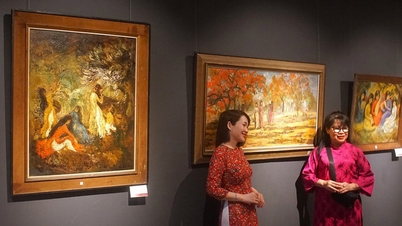



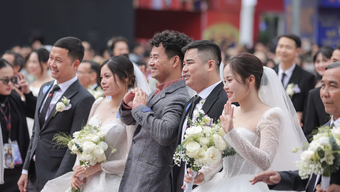










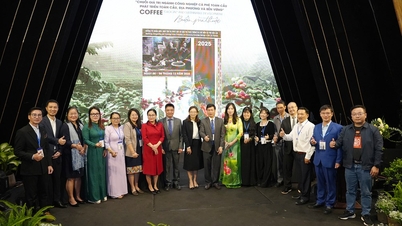
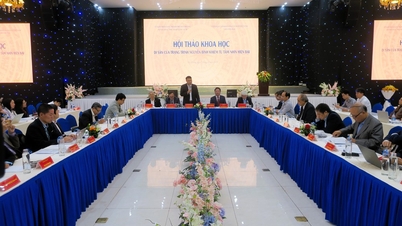
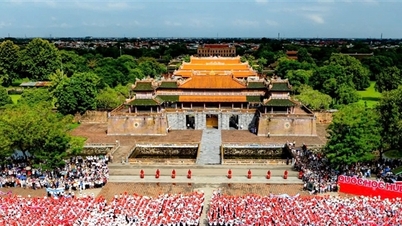

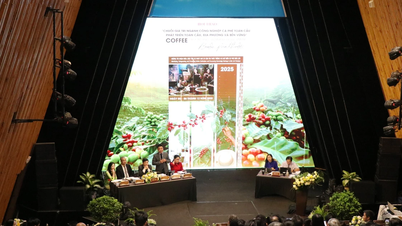



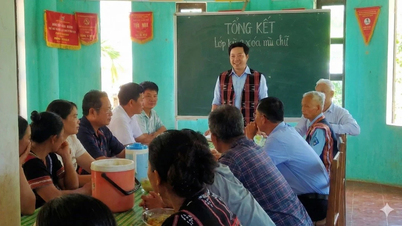









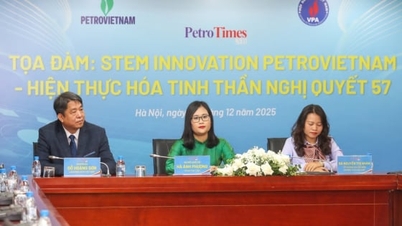























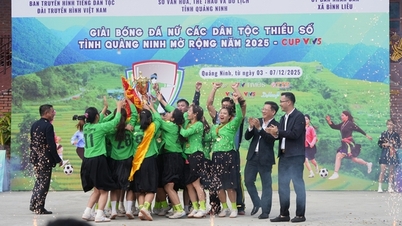









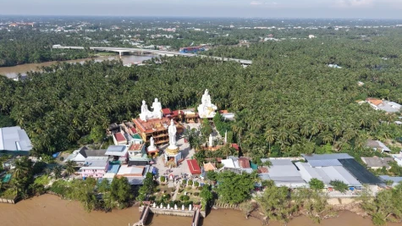

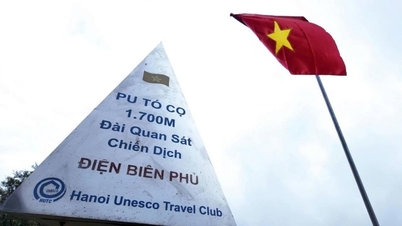










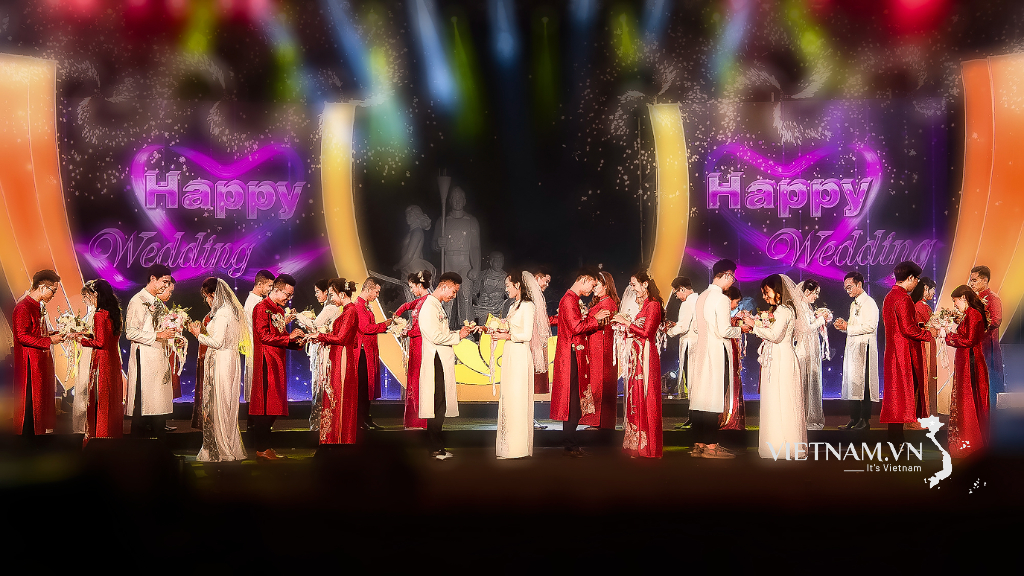







Comment (0)